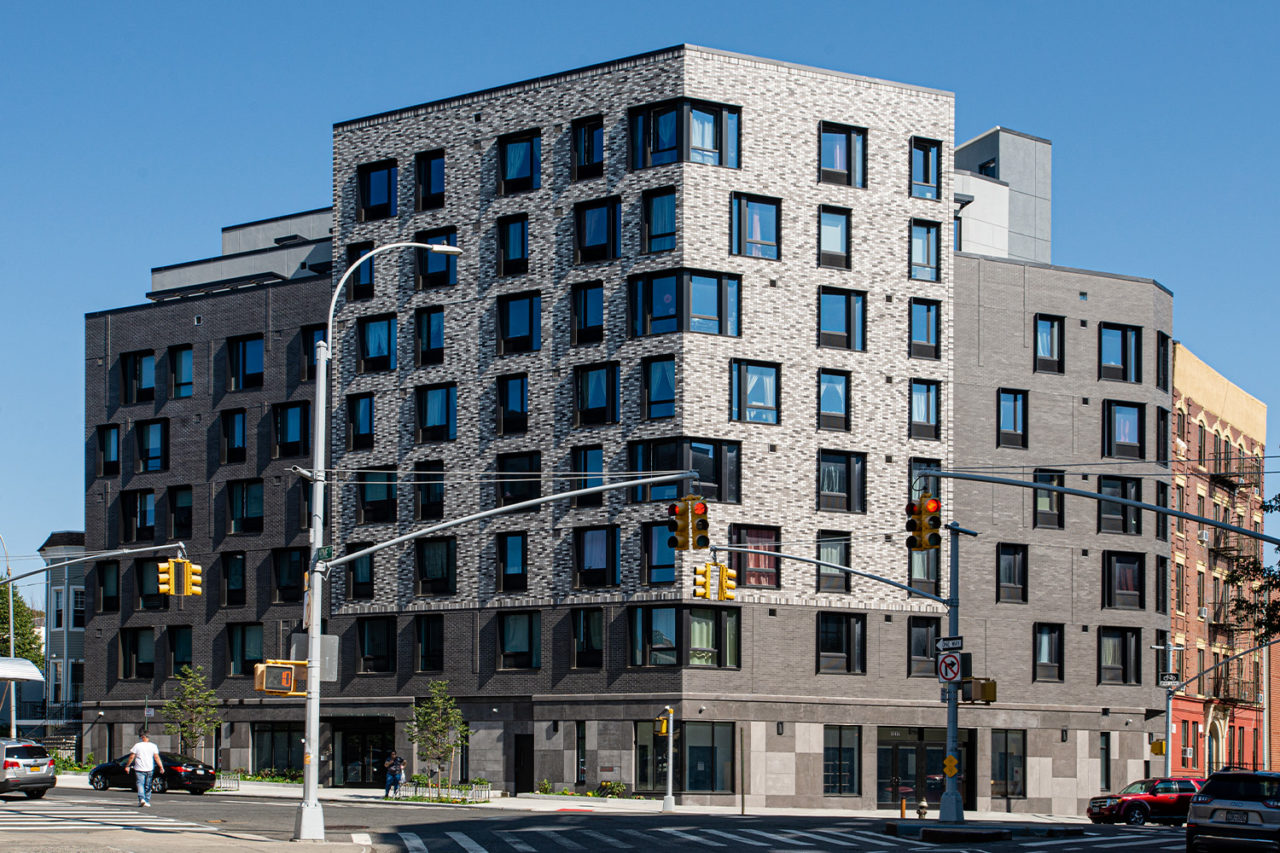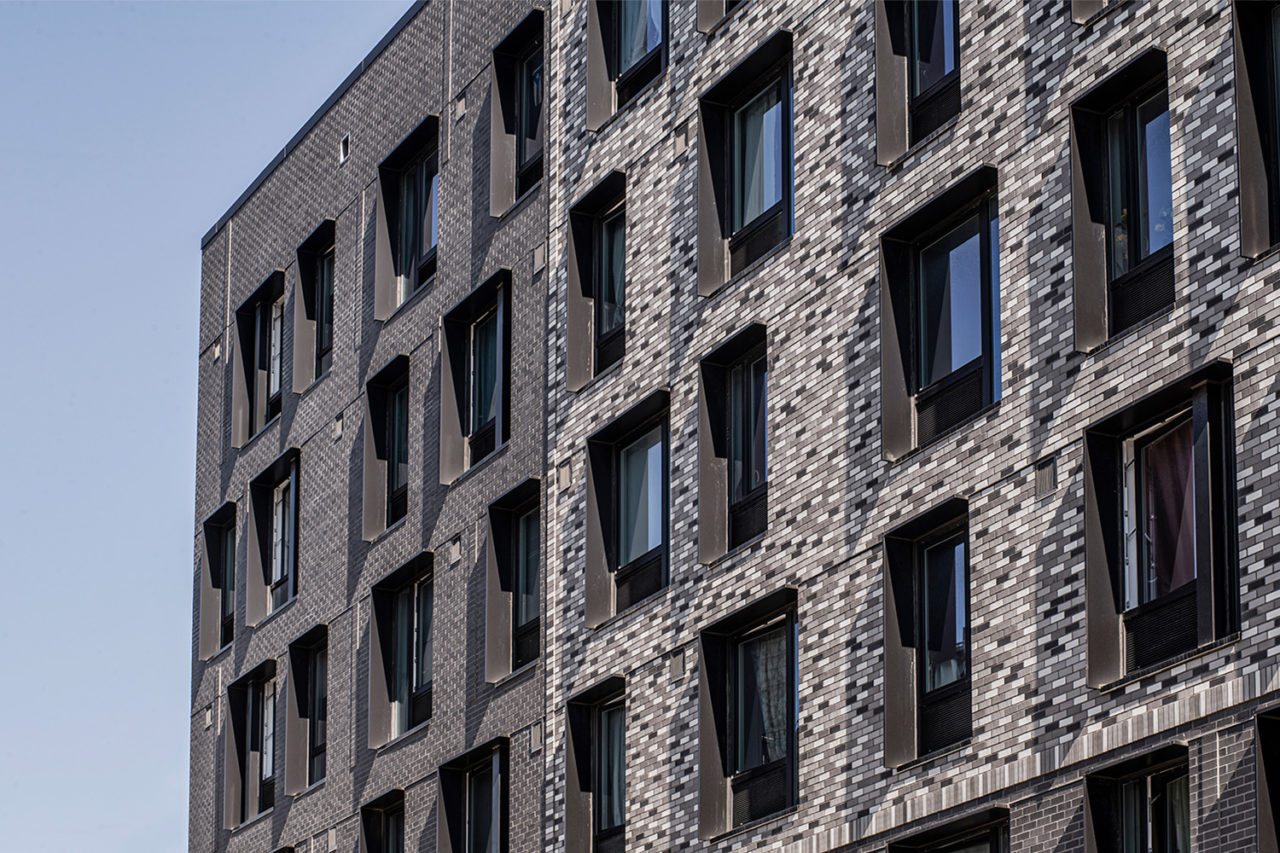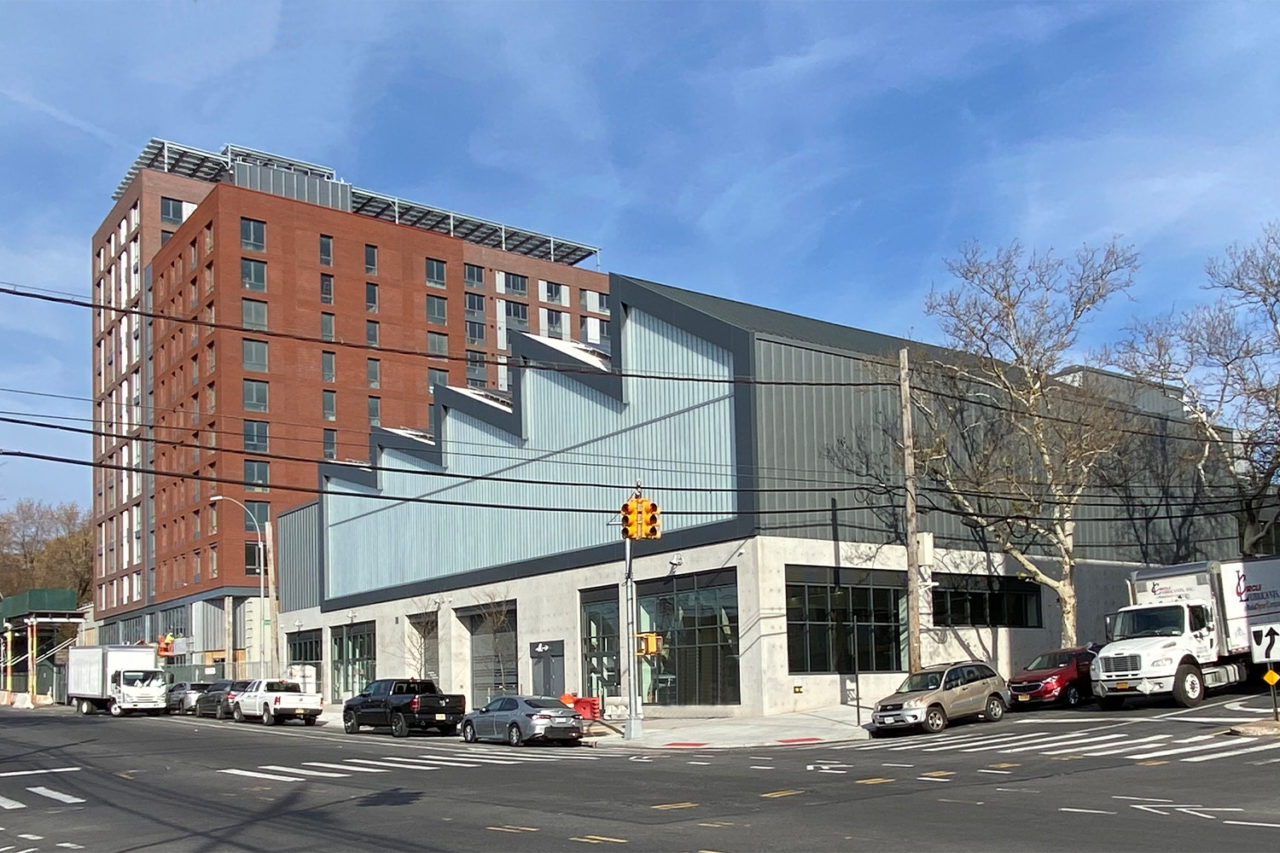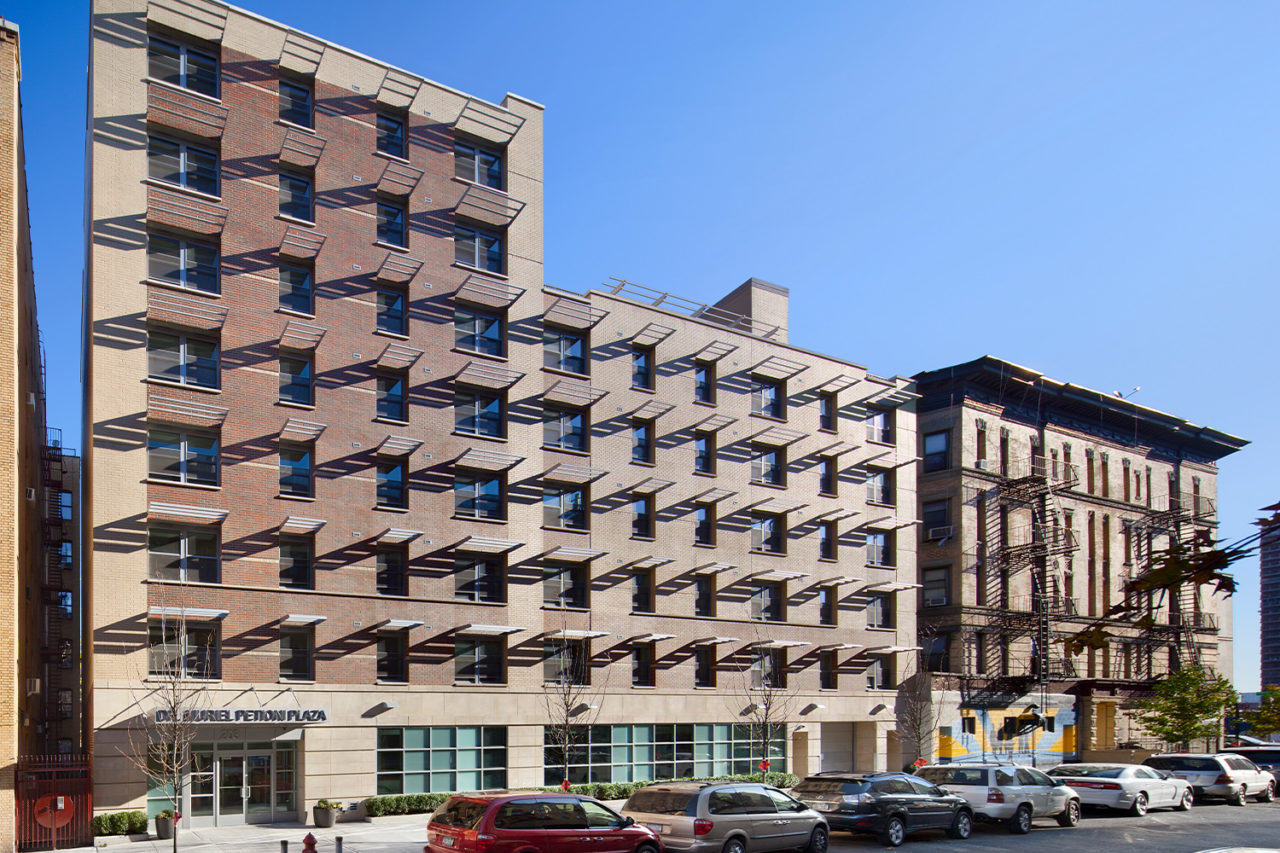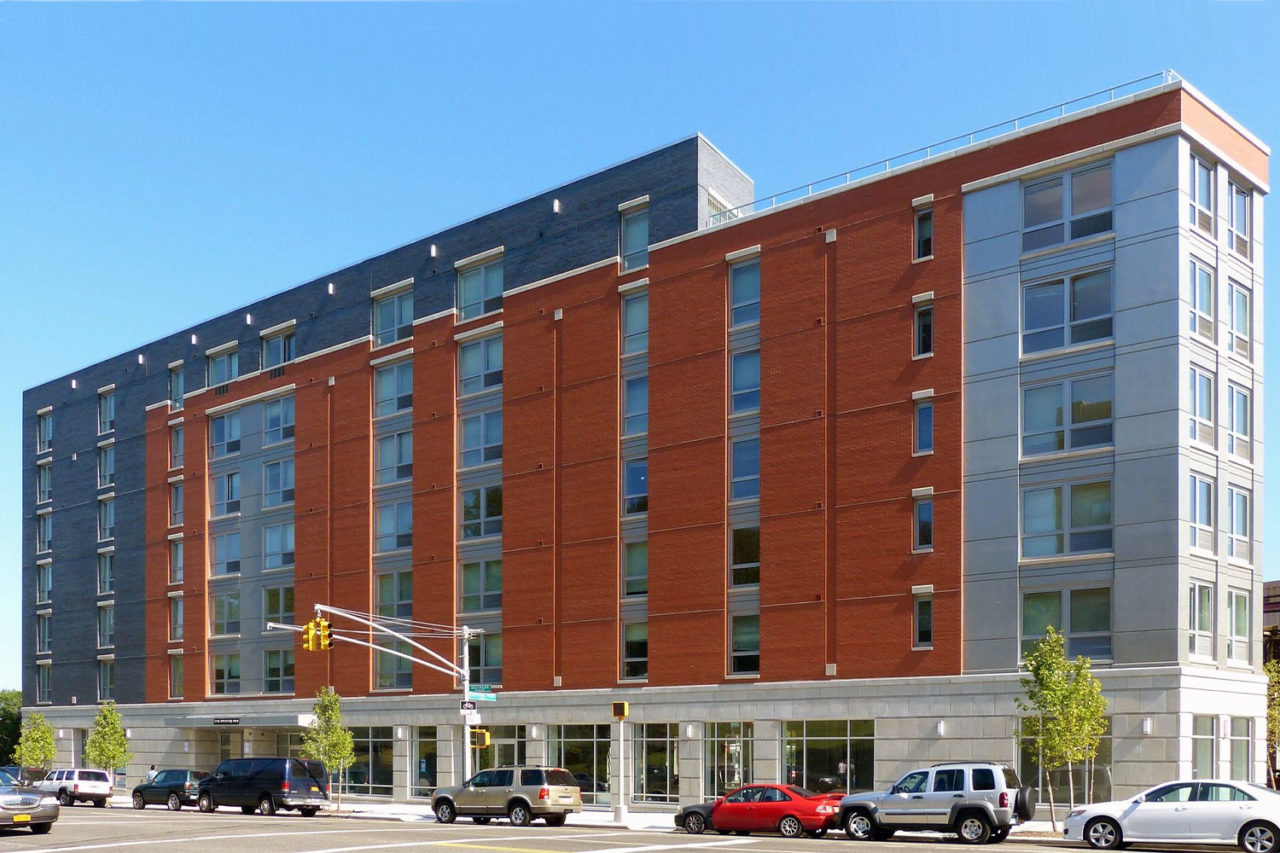by: AIA New York
Victor Body-Lawson, FAIA, is a Nigerian-born architect and educator and the founder of Body Lawson Associates (BLA), a certified Minority Business Enterprise (MBE) with a track record of success in a multitude of inner-city design construction projects. Since 1993, the firm has provided architectural planning, urban design, historic preservation and interior design services, locally, nationwide and internationally. Recognized for responsive, collaborative community solutions, the firm is known for its ability to “empower people in under-resourced communities through their public spaces and buildings,” according to the firm’s web site. Body-Lawson is an active member of AIA New York and the National Organization of Minority Architects (NOMA), and he is associate professor at Columbia University’s Graduate School of Architecture, Planning and Preservation. He has been recognized as the 2021 Leader in Housing of Year by the AIA New York Chapter.
This year, the Jury of Fellows of the AIA elevated Body-Lawson to its prestigious College of Fellows in the second category of Fellowship, which recognizes architects who have made efforts “To advance the science and art of planning and building by advancing the standards of architectural education, training, and practice,” according to the organization’s definition. Only three percent of the AIA’s membership is distinguished with Fellowship.
Q: What are some of your favorite recent projects that you’ve worked on?
A: Ultimately, our affordable housing projects have become some of our favorite as they deliver real impact for underserved communities, while improving their urban fabric and enhancing the lives of residents and neighbors. Our new Home Street Residences has been lauded for “transforming an underutilized site into a vibrant affordable housing project for seniors living in the Foxhurst Neighborhood of the Bronx” (New York Housing Conference). One of 50,000 applicants who was fortunate to get an apartment through the NYC Housing Preservation Department lotto in the 63-unit Home Street Residences said, “I am very grateful to be so comfortable in this home in my own neighborhood, with places to be outside in the sun or together in our community center.”
Q: What do you see as an architect’s role—and responsibility—within our culture?
A: An embodiment of tradition and contemporary culture, the architect’s role should mitigate social equity and environmental sustainability. In our time, architects are responsible for designing cities and buildings that work seamlessly with natural systems. Cities that empower people while promoting growth of the planet. Cities that address climate change through decarbonization while fostering local economies and production. Contemporary architects also have to be prepared to design for crisis such as earthquakes, floods and pandemics. The role of the architect is to understand and embrace technology as it evolves in the way that people relate to one another in the context of a global culture.
Q: What are your thoughts on architectural education today?
A: Over a span of 35 years, community engagement through direct outreach and advocacy in communities, as well as through dialogue and pedagogy in teaching at the City College, NY, Yale Graduate School of Architecture, and Columbia University’s Graduate School of Architecture, Planning and Preservation, I have sought to define the role that architects must play in revitalizing neighborhoods. In my academic work, I have strived to empower students by encouraging them to delve into the fundamental needs of communities they serve in just and equitable ways. A strong proponent of collaborative design processes, I engage architecture students in group settings similar to real- world professional environments, fostering growth in the students and also creating lifelong relationships beneficial to varied people and communities
Q: What do you think are the biggest challenges, or opportunities, facing cities today?
A: Climate change, social inequities and the pandemic are the fundamental challenges that face cities today. However, those challenges have also become opportunities that are causing every sector to re-examine its practice. Historically, cities were produced through three distinct societal and cultural silos—crafting, depicting and assembling that relegated the local community to backdrops for living. Now, with globalization and technology, those responsible for the built environment are becoming increasingly aware of the importance of connections between practices, people and natural systems. Practice is recognizing its role as part of the natural eco system that produces space, connects systems and modulates time across the globe. Cities are recognizing their role as prime stakeholders in the long term sustainability of the planet.
Q: What are your greatest sources of inspiration?
A: My greatest sources of inspiration have come from Constructivist art to artists such as Jean Michel Basquiat and Bruce Onobrakpeya. I have worked for years to integrate art and architecture, creating original artworks as an extension of the built environment. I use my art to enhance the identification of elemental forces emerging from the urban context, which then inform the conceptual and schematic designs of each building project. While I have shown paintings at galleries and art exhibitions, they are primarily used as tools to understand the built environment in a comprehensive way. For example, in conceiving the 64-unit Crotona Park Apartments building in the Bronx, N.Y., the artwork served to develop an urbanistic and architectural response for a greenfield site adjacent to elevated train tracks. Beginning with the creation of a diptych painting—that was later installed permanently in the building where the project team and I worked to echo fluid movements of adjacent trains on elevated tracks through the building’s expressive massing.
Editors’ Note: This feature is part of a series celebrating the members of the American Institute of Architects (AIA) New York Chapter who are elevated each year to the AIA College of Fellows, an honor awarded to members who have made significant contributions to both the profession and society. Learn more about Fellowship here.









